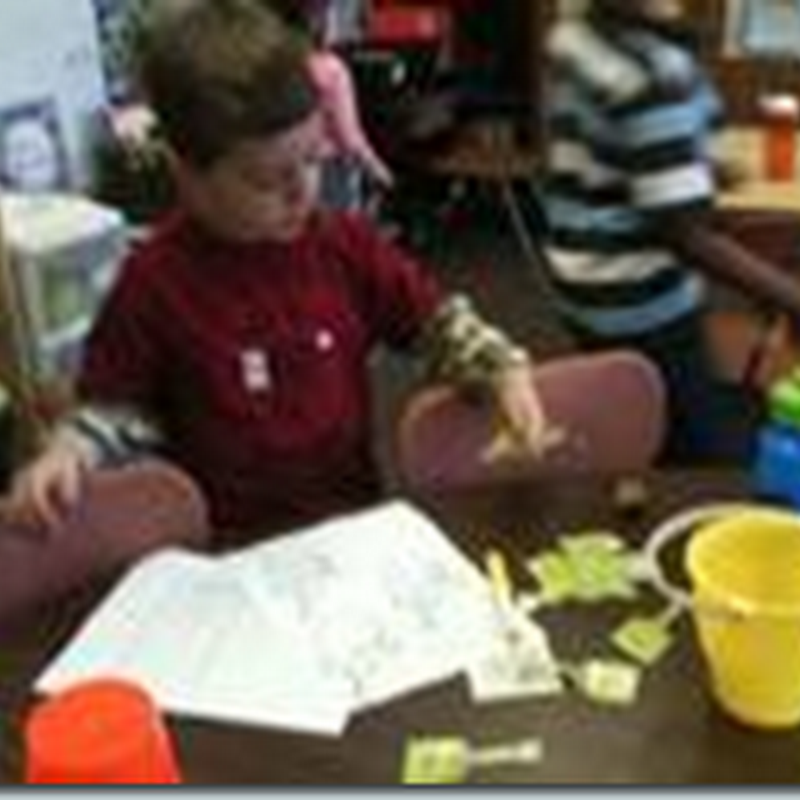Is it just me, or do all the rest of you have a hard time getting in the Daily Five every day? I love the Daily Five routine, but after trying it out last year I had to tweak it to fit my teaching style and time constraints.
I didn't like the jumpiness (is that a word?) of teaching a mini lesson, breaking for choices, mini lesson, choices... so I combined several mini lessons into one. I spend 30 minutes teaching the Harcourt lesson for the day. We do the question of the day, phonemic awareness warm-up, a phonics lesson, and a quick grammar lesson. I'm also trying out the Phonics Dance this year. So far I like it :) I try to include a word family several days a week too (on the posters in the picture below-- I just use Vis-a-Vis markers to erase at the end of the year)

Then it's on to Read to Self. We started school way at the beginning of August, so my kiddos are pretty good at it now. My goal is 20 minutes, but sometimes it goes a little long if my intervention groups run over. I'm a control freak. So, my kids all Read to Self at the same time. I love this time every day. It is my intervention time, and the room is oh so quiet :) Even though it's really no choice, I still refer to Read to Self as Choice #1.
Here are a few pictures from Read to Self after the first month of school.
Next it's writing time. I so wish I had multiple times in my day for the kids to write. I would love a Writing Workshop time and a Work on Writing time--- but in the real world that just isn't happening. So, Work on Writing is also done whole group. I usually have 30 minutes or so for a quick mini lesson and quiet writing time. I keep one day a week for journal writing; the other days focus on our writing unit. My kids think Writing is Choice #2 (again though it's not really a choice).
I have a nice break in the day for PE, lunch, and then recess. Once we get settled back in, I have a little over an hour before Specials. I start with a comprehension lesson. I use Harcourt one or two days a week, then throw in a little Reading with Meaning later in the week.
The last part of my Daily Four are Word Work and Listening. I have 17 children in my class and only four computers. That is a little bit of a dilemma if I need half of the kids "listening to reading." So, I break up my class into half. Nine kids do Word Work (alone or with a partner- it's their choice). The other half are divided up among three Listening choices- computer, iPod, and Read to Someone. On the computer they have limited choice- BookFlix, TumbleBooks, Storyline Online, or Starfall. This is probably their favorite Listening choice. I purchased the Scholastic books on CD and downloaded them to my iPod. The children have a tub of books to choose from when they go to the iPod choice. Read to Someone is pretty explanatory if you're already familiar with Daily Five. The kids keep the same listening choice for one week, then swap to a new one. The Listening/Word Work time is when I meet with students for reading conferences, small groups, and DIBELS progress monitoring (and lately for assessments-- hopefully those will be wrapping up soon, since report cards are almost finished).
This system has worked pretty well this year. My class hasn't seemed to notice that choices are omitted from the Daily 4. They really seem to like all of the activities, although Read to Self isn't their favorite.
I'm curious... How do you fit it all in? I'd love for you to share.




















































































































































